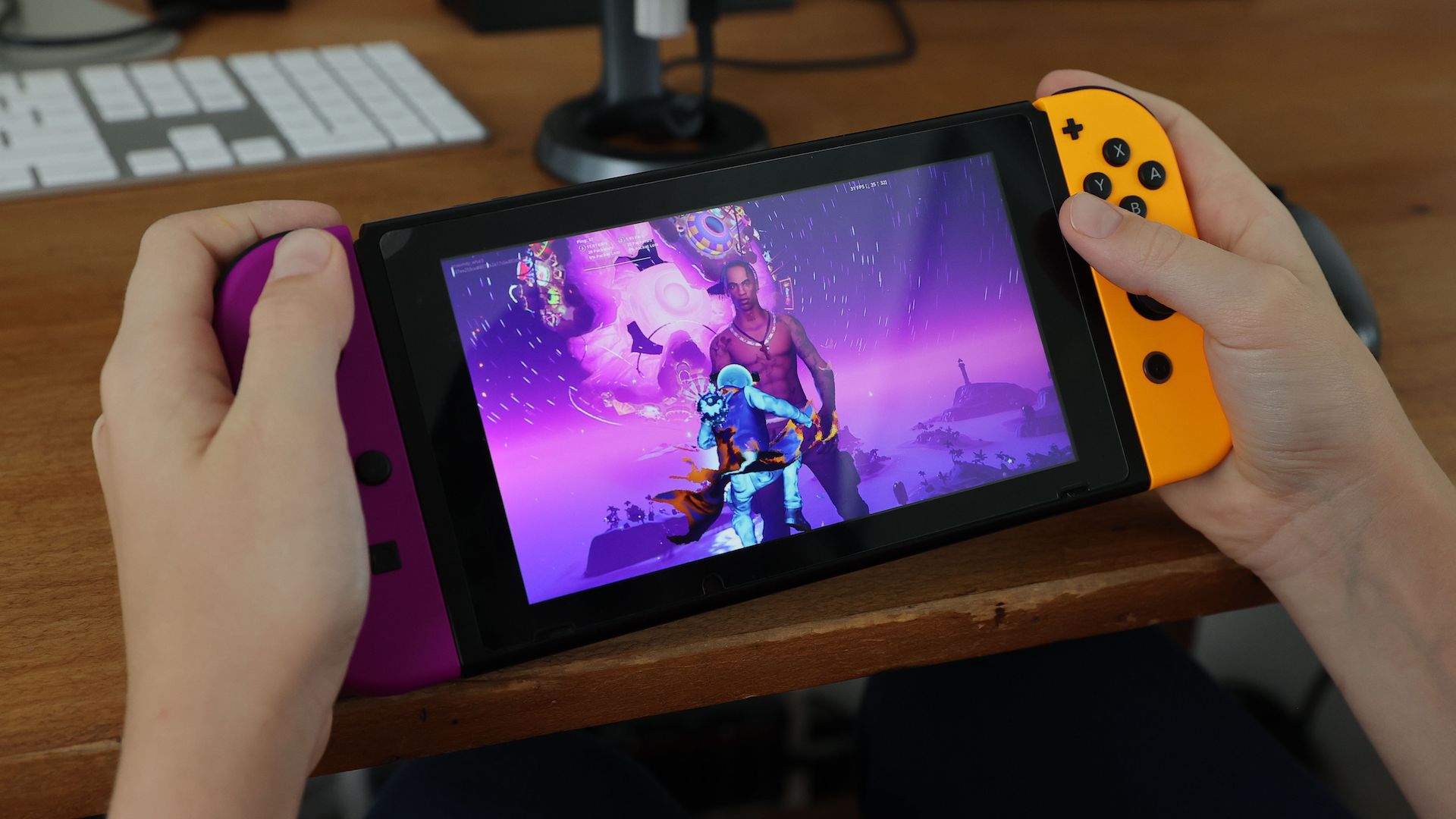Some people just love to play. Give them a ball, or a pen, or a pile of leaves and they'll find a way to play with it. In fact, enough people love to play that just about any time someone invents something new, people find a way to play with it.
didn't invent modern computers. He didn't even see one until 1951, several years after others had first created the first ones. But he had been friendly with , who was one of the inventors of modern computers, when he was in college in England.

So when Strachey heard about the new installed at the University of Manchester in the U.K., he was able to ask Turing for a copy of the programming manual.
He studied the manual, then got the chance to write a program for the computer. People were so impressed with his work that he soon had access to the computer whenever he had time off from his job as a teacher. Strachey spent his school breaks working on a checkers-playing program, which was remarkably complicated for the time.
It showed the board on a screen — a cathode-ray tube. Players wrote their moves on a , a typewriter electronically connected to the computer, which both printed the moves on paper and sent them to the computer. The machine would "look ahead" at the different possible moves and countermoves, both to choose what it should do next and to make fun of players for particularly bad moves.
I call this game "M.U.C.
Draughts" in my book " ," because Strachey never gave it a name. M.U.
C. stands for Manchester University Comput.
















